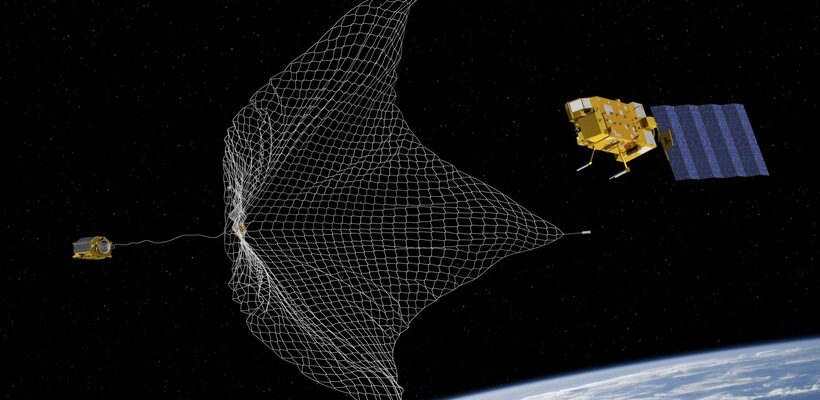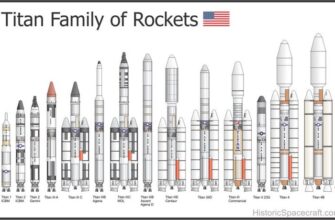On what might have seemed like an ordinary summer day, Moscow found itself enveloped not just by clouds, but by the relentless embrace of a powerful cyclone. While residents grappled with torrential downpours and the inevitable urban inconveniences – ranging from flooded underpasses to the occasional heroic tractor rescue of submerged vehicles – Russia`s space agency, Roscosmos, offered a unique perspective: a breathtaking, and perhaps sobering, view from hundreds of kilometers above.
The Eye in the Sky: How Satellites Witness Weather
The images, swiftly released by Roscosmos, showcased the vast, swirling mass of the weather system as it traversed Central Russia. These are not merely captivating snapshots; they represent critical data points captured by advanced Earth observation satellites, specifically Russia`s Electro-L and Arktika-M series. Positioned in geostationary and highly elliptical orbits respectively, these satellites provide continuous, comprehensive monitoring, allowing meteorologists to track the formation, movement, and intensity of weather phenomena with remarkable precision.
For those on the ground, the experience was less about scientific observation and more about immediate, visceral impact. Leading meteorologist Evgeny Tishkovets of the Fobos weather center had earlier predicted the severity, warning of downpours capable of delivering up to 20 liters of rainwater per square meter. A forecast, it seems, that proved chillingly accurate for a city now occasionally accustomed to its streets doubling as temporary canals.
Beyond the Downpour: The Unseen Benefits of Space Surveillance
The ability to observe such widespread meteorological events from orbit is a profound testament to humanity`s technological prowess. It’s a fundamental capability for modern meteorology, offering invaluable insights for:
- Early Warning Systems: Tracking cyclones, hurricanes, and other severe weather patterns from their genesis allows for timely warnings, enabling cities and populations to prepare and potentially mitigate damage. This translates directly into saved lives and reduced economic losses.
- Disaster Management: High-resolution satellite data assists emergency services in identifying the most severely affected areas, planning efficient evacuation routes, and coordinating relief efforts with unparalleled accuracy.
- Climate Research: Long-term satellite observations contribute significantly to a deeper, more granular understanding of climate change and its complex impact on global and regional weather patterns. This data is crucial for future climate modeling and policy.
- Urban Resilience Planning: For megacities like Moscow, which are increasingly experiencing extreme weather events, these insights are crucial for developing more robust drainage systems, resilient infrastructure, and smarter urban planning strategies to withstand future atmospheric challenges.
While a satellite image might not possess the magical ability to instantly dry a flooded street or unblock a submerged storm drain, it provides the foundational intelligence that underpins effective response. It offers a detached, objective truth about the immense scale of nature`s power, a truth that, when harnessed correctly, becomes an indispensable tool for protecting lives and property.
A Glimpse into the Future of Weather Prediction
The Roscosmos imagery serves as a powerful reminder of the indispensable role space technology plays in our daily lives, often unnoticed until the skies dramatically open up. As global climate patterns continue to shift, leading to an increased frequency and intensity of extreme weather, the demand for ever more sophisticated Earth observation capabilities will only grow. The next generation of satellites promises even higher resolution, faster refresh rates, and more comprehensive data, ensuring that humanity is better equipped for whatever the atmosphere decides to throw our way.
In a world where meteorological extremes are becoming a common reality, the serene, silent vigil of satellites like Electro-L and Arktika-M offers a crucial layer of security. They transform chaotic atmospheric events into predictable, manageable datasets, allowing for proactive rather than purely reactive measures. Moscow`s recent drenching, viewed through the objective lens of space, unequivocally underscores this profound technological advantage.









